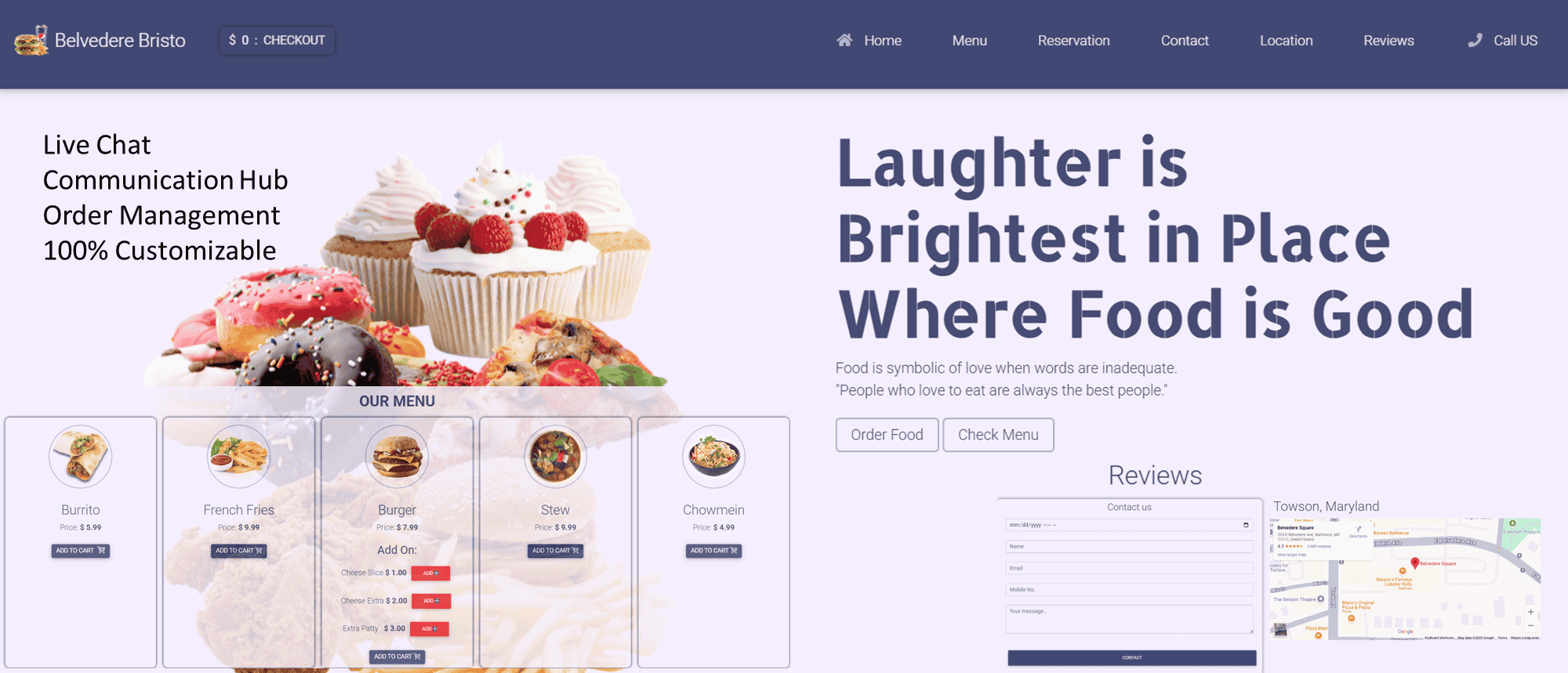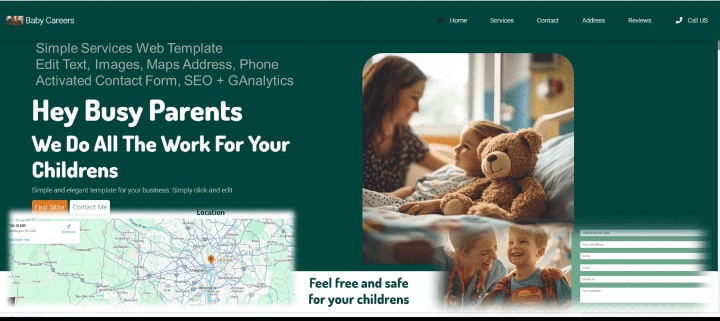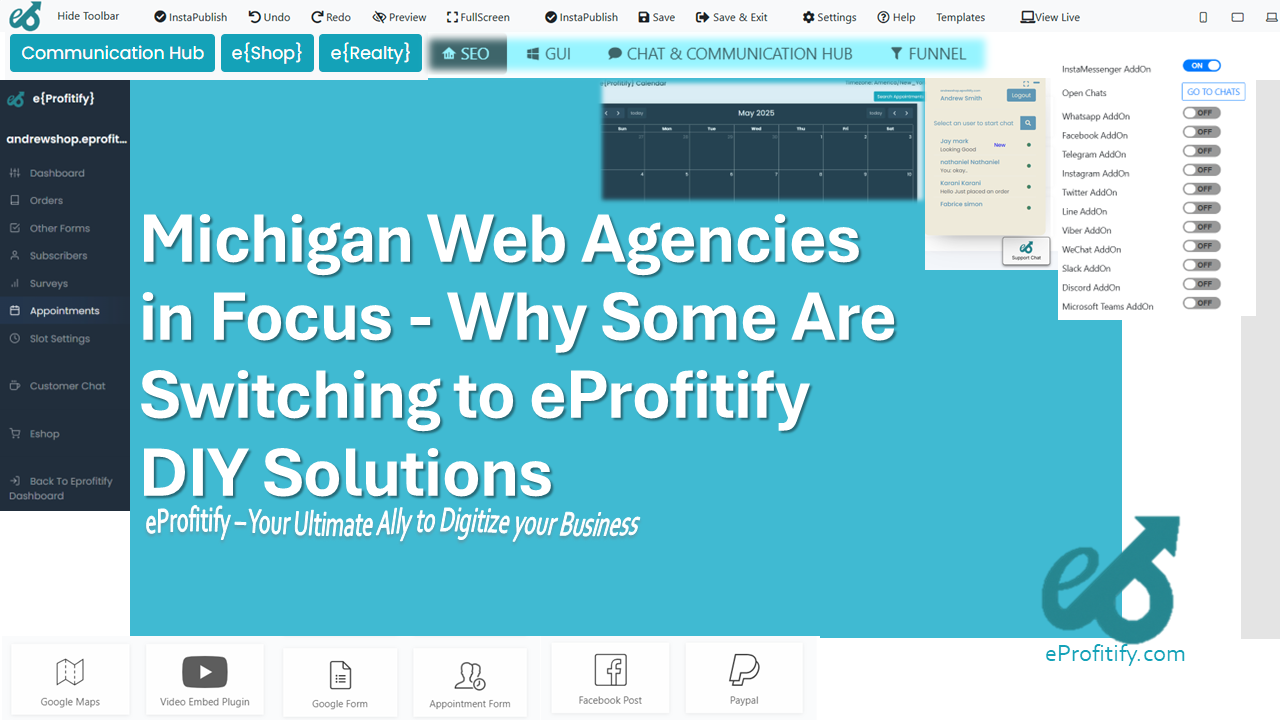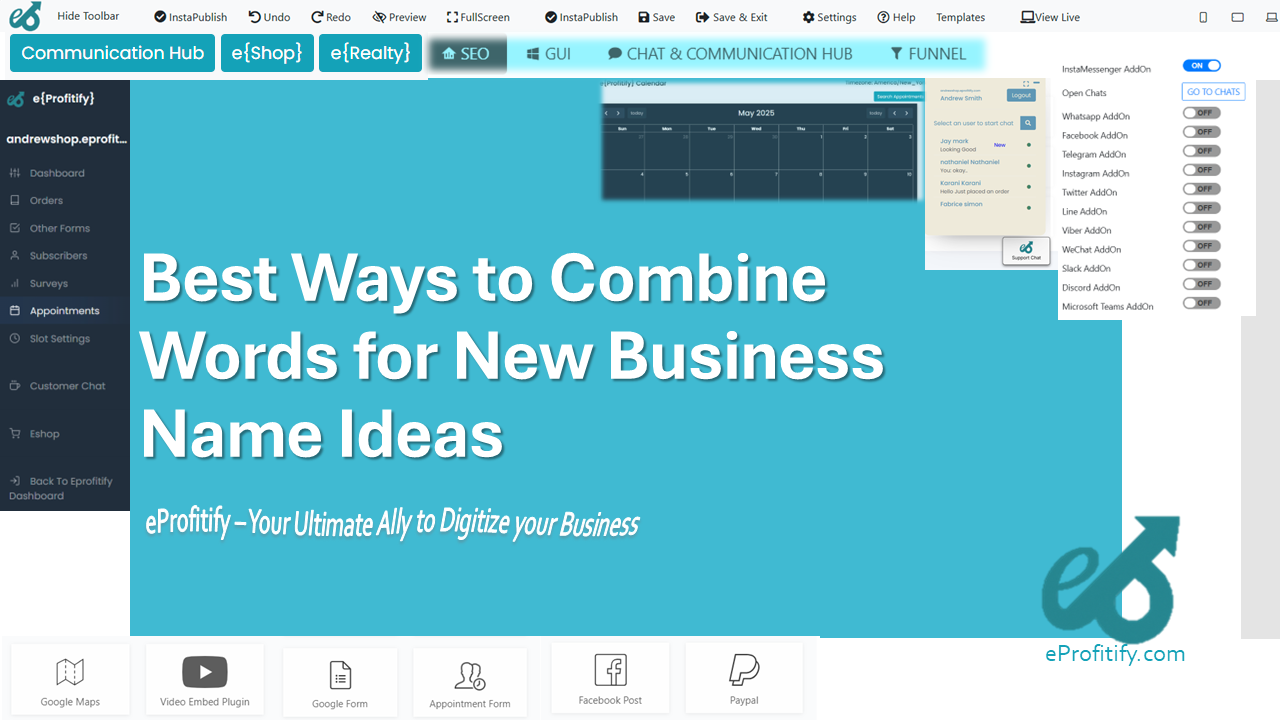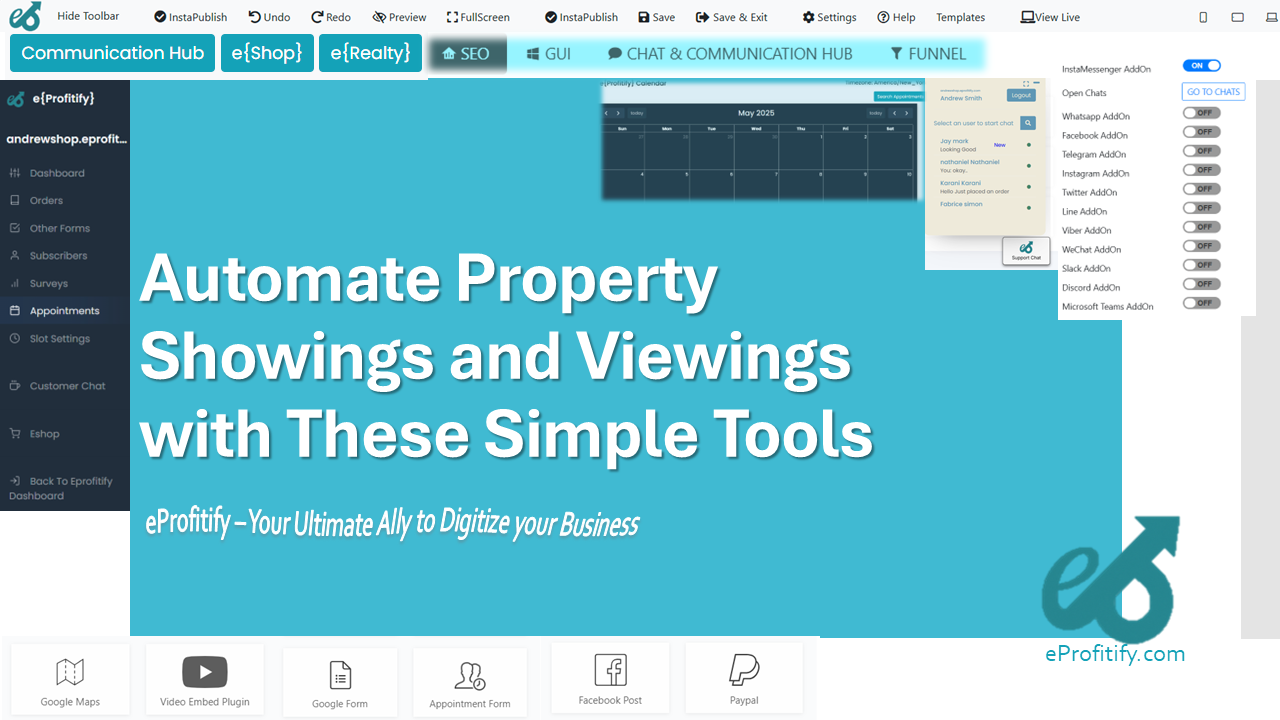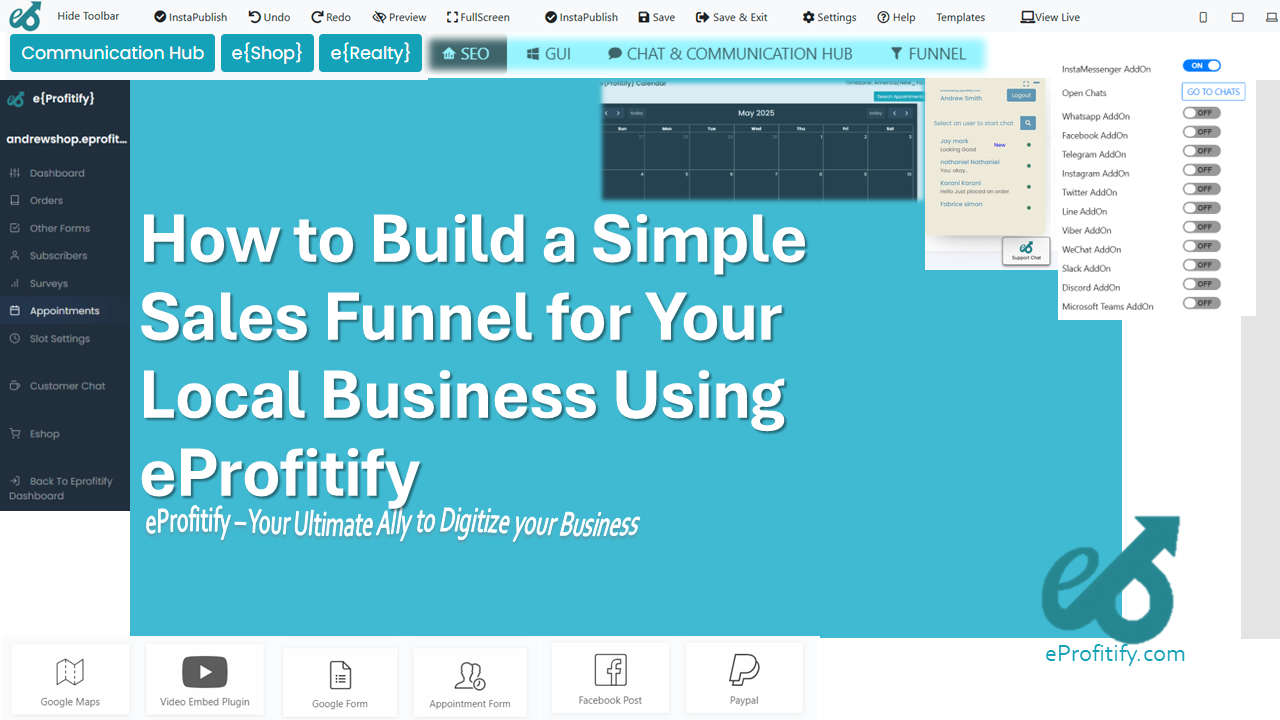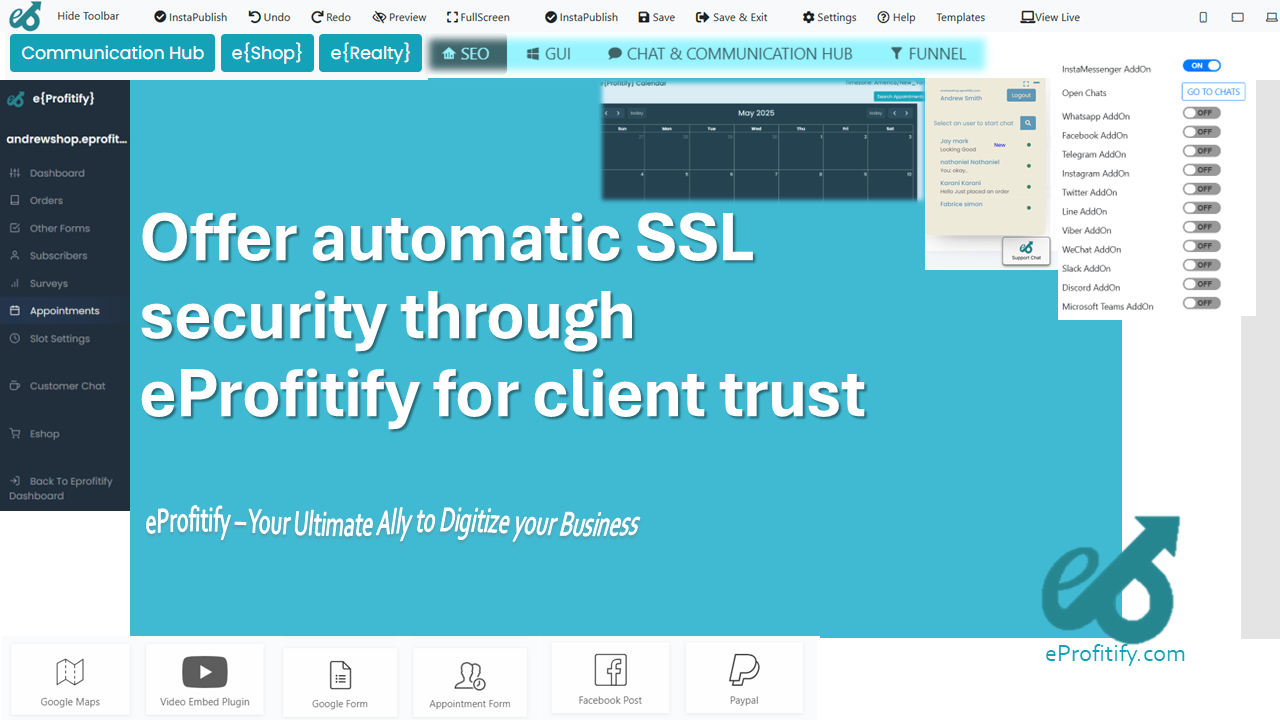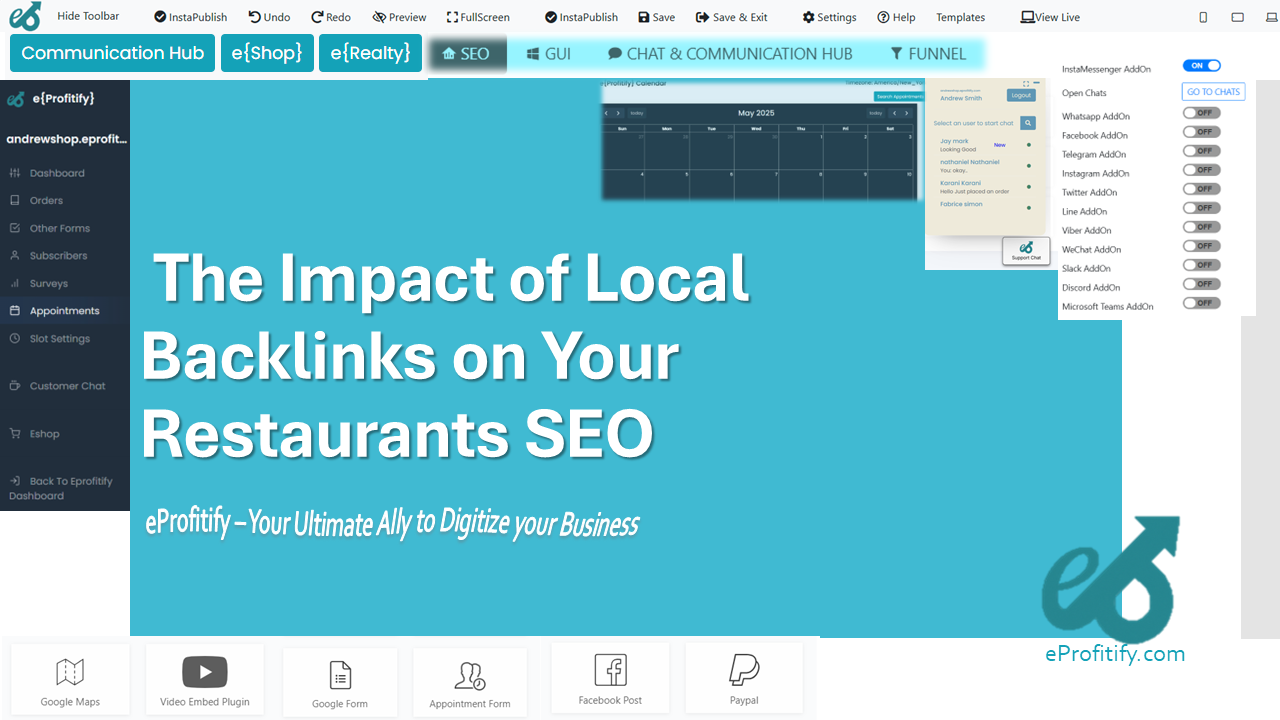How to Use Customer Language to Inspire Business Names
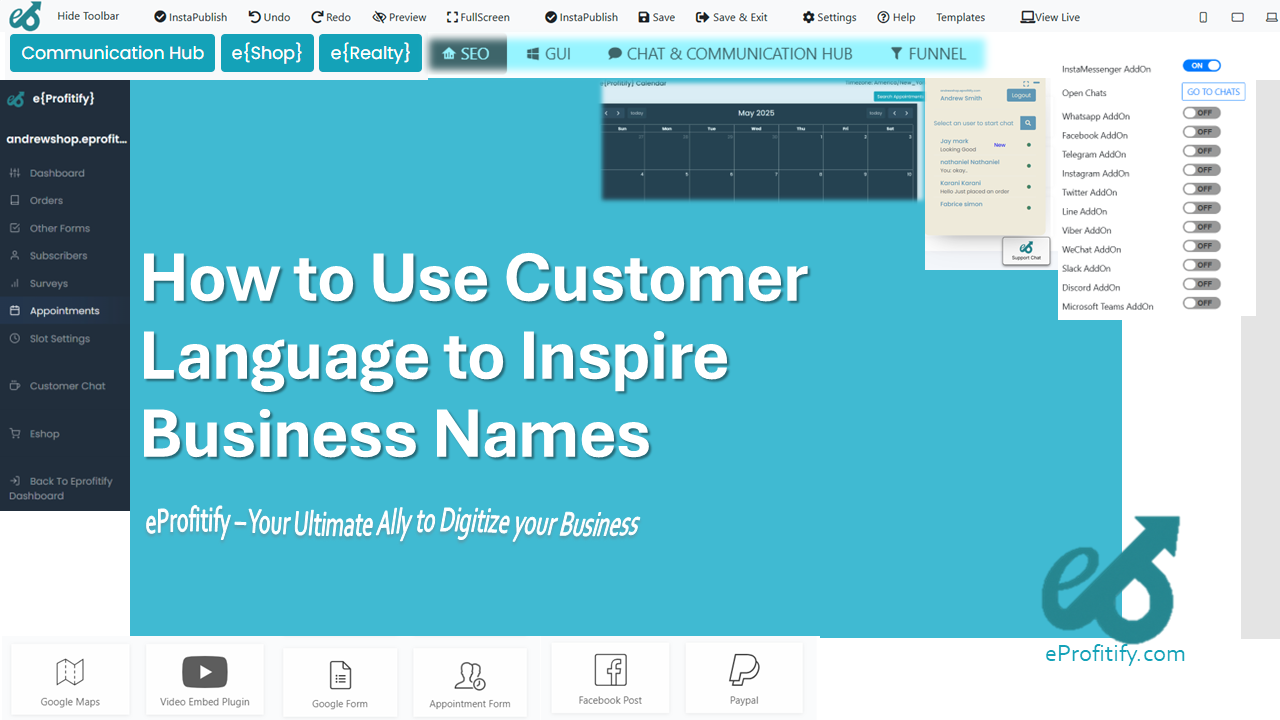
Schedule a LIVE Zoom call with an eProfitify Expert.
Harnessing Customer Language to Craft Impactful Business Names
A business name is more than a label—it’s the cornerstone of brand identity, shaping first impressions and influencing customer decisions. In an era where 72% of consumers consider a company’s name their initial touchpoint with a brand, aligning it with customer language—words, values, and emotions your audience uses—can significantly boost memorability and trust. This strategic approach ensures your name resonates deeply, fostering loyalty and differentiation in crowded markets.
Understanding Customer Language
Customer language encompasses the phrases, pain points, and aspirations your target audience prioritizes. For example, sustainability-focused buyers might gravitate toward terms like “eco,” “green,” or “zero-waste.” A Statista survey reveals that 64% of global consumers prefer brands that reflect their personal values in their names and messaging. By embedding this language, businesses signal authenticity, reducing the cognitive effort required for customers to connect with their mission.
Steps to Leverage Customer Language in Naming
-
Analyze Audience Feedback
Start by mining customer interactions—reviews, surveys, social media comments—for recurring terms. Tools like eProfitify streamline this process through integrated CRM systems, which aggregate real-time feedback and track purchasing patterns. For instance, if eProfitify’s analytics reveal that 45% of customers mention “convenience” in support chats, incorporating synonyms like “Swift” or “Effortless” into your name could align with their priorities. -
Map Pain Points to Solutions
Identify common challenges your audience faces. A Salesforce report notes that 80% of customers value brands that proactively address their needs. If your SaaS product reduces workflow inefficiencies, terms like “Streamline” or “Integrate” in the name directly communicate your value proposition. -
Test Names with Focus Groups
Validate shortlisted names using A/B testing or surveys. Platforms like eProfitify facilitate instant messaging and appointment management tools to quickly gather feedback from segments of your audience. Data shows brands that test names with customers achieve 30% higher recall rates post-launch. -
Evoke Emotional Triggers
Emotional engagement drives 70% of customer loyalty, per a Motista study. Words like “Joy,” “Trust,” or “Bloom” tap into aspirations, making names like “BloomBox” (a subscription service for plant lovers) inherently inviting.
The Role of Data in Customer-Centric Naming
Quantitative insights are critical. Consider these statistics:
- Brands using CRM tools to inform naming strategies see a 40% faster time-to-market.
- 58% of companies leveraging ecommerce analytics report higher customer satisfaction due to linguistically aligned branding.
- Personalized names increase website conversion rates by 27%, as per a McKinsey analysis.
How eProfitify Enhances the Process
eProfitify emerges as a pivotal tool in this journey, offering:
- CRM Integration: Track customer behavior and preferences to identify high-impact keywords.
- Instant Messaging: Engage customers in real-time discussions to test name ideas or gather insights.
- Ecommerce Analytics: Uncover trending terms in product searches or reviews (e.g., “organic” or “budget-friendly”) to inspire names.
- Appointment Management: Schedule focus groups or stakeholder meetings seamlessly to refine naming strategies.
By centralizing these functions, eProfitify enables businesses to transform raw data into compelling, customer-driven names. For example, an apparel startup using eProfitify might discover through chat logs that 60% of shoppers describe their style as “edgy,” leading to a name like “EdgeWear Collective.”
Conclusion
A customer-centric business name bridges the gap between brand identity and audience expectations, fostering immediate recognition and loyalty. By systematically analyzing customer language, addressing pain points, and leveraging tools like eProfitify for data-driven insights, businesses can craft names that resonate deeply. In a competitive landscape where 67% of consumers switch brands due to irrelevant messaging, a strategically chosen name isn’t just an asset—it’s a necessity.
